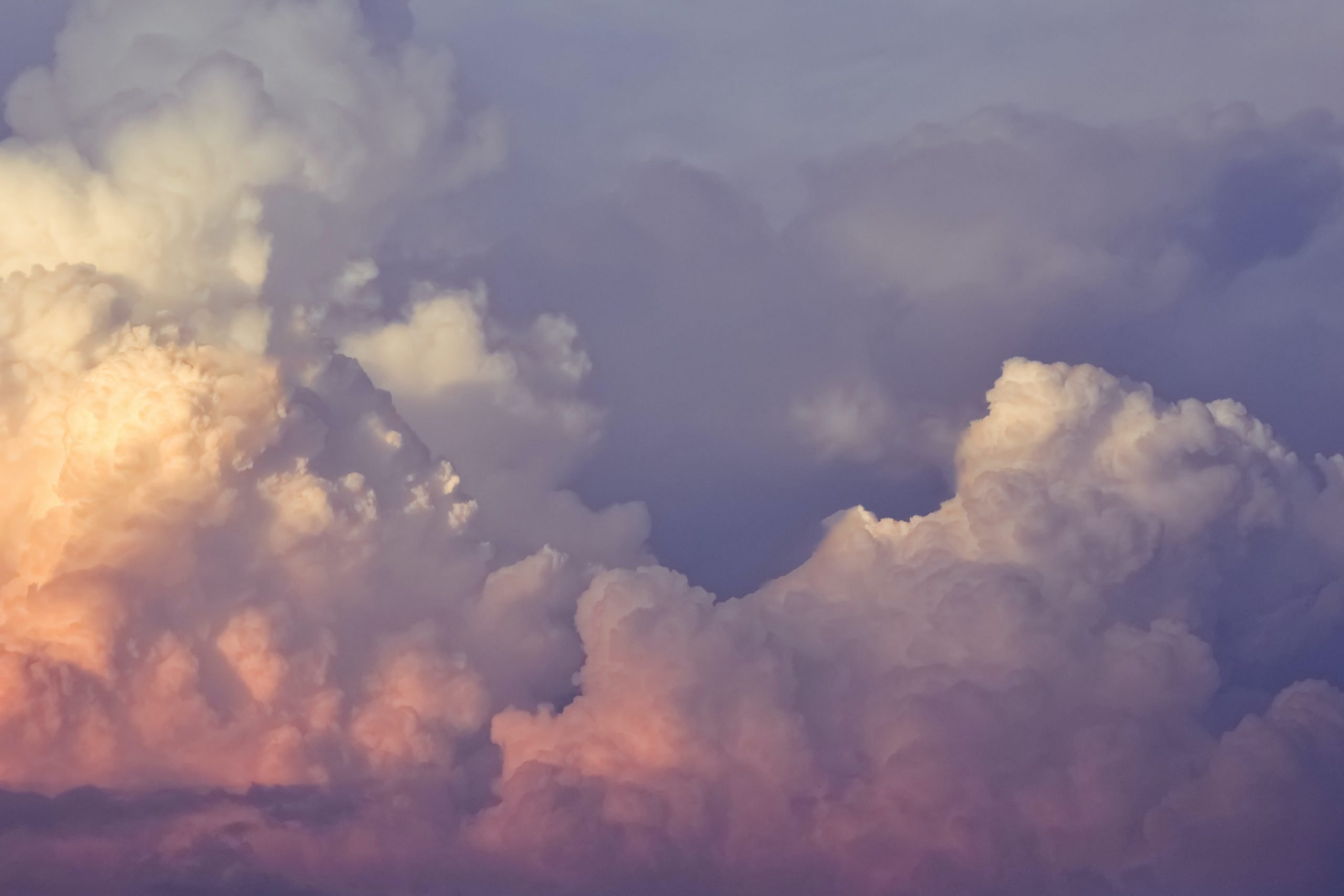
Why the telco industry is revisiting convergence
Convergence in networks has been pursued for many years to varying degrees but operators have often pursued divergence to support the speed and need for innovation at the expense of convergence. We explore what has changed and why the balance of forces has now shifted in favour of convergence.
The renewed pursuit of convergence is driven by both internal and external drivers
Through our research with CSPs globally, we identified four main drivers for why CSPs have renewed their interest and pursuit of convergence:

Source: STL Partners
1. Reducing total cost of ownership (TCO) through simplification and consolidation
- Reducing duplication in capital deployment, better resource utilisation, economies of scale
- Easier to assure and manage, common infrastructure and management toolset
- Seamless foundation for other solutions on the network
2. Enabling greater control, resilience and automation
- Ability to navigate greater network intricacy: Enabling mass scale visibility, greater automation and E2E control of the network for easier operations
- Creating the basis for infrastructure-agnostic service design (e.g. access agnostic) for third parties
3. Creating a sustainable platform for massive data growth
- Maximising use of infrastructure to support volume expansion and high performance demands
- Extract greater synergies from access fibre to reduce own environmental footprint as part of greater emphasis on sustainability (see more in our report here)
4. Supporting greater innovation and ecosystem development
- Creating the basis to deliver customer-specific services (e.g. via network slicing) with ability to define, manage, deliver and route app-specific services end-to-end
- Exposing network programmability and capabilities to customers and partners to support requirements
…but convergence is multi-faceted and the pursuit is not without its challenges
Convergence should not be seen as just a technology decision but a fundamental strategic one. The demands on the network and from customers of all shapes and sizes are only going to increase. CSPs are also under pressure from new types of ‘co-opetition’ (e.g. the hyperscalers, greenfield operators, other digital players) to respond much faster to market and customer demands. Therefore, they need to be able to handle these demands and accelerate the beat rate of innovation in a way that provides greater operational simplicity, cost effectiveness and agility. Or be at risk of their market share and value eroding as a result.
The drivers for convergence as a broader concept are clear. However, through our research, we found different definitions of what exactly the term convergence means to CSPs. Furthermore, CSPs are also taking different approaches in pursuing convergence. In our report, we explore the following key questions:
- What are the different dimensions of convergence? How are these related to one another and how do these (in different combinations) enable CSPs to address the four key drivers?
- What strategies and approaches are different types of operators pursuing and why?
- What are the key challenges and/or barriers that operators are facing?
- Given the challenges and inherent complexity, how can they overcome them?
Our findings are based on an interview program with telecoms operators globally. For more information and to access the full report, please use the link here.
Read more about Telco cloud
Telco cloud insights pack
This document will provide you with the latest insights from our research and consulting work, including some extract of our Telco Cloud Manifesto 2.0, and our latest analysis on open RAN.
Network APIs: Unlocking new value in the telco cloud
Network APIs may offer an answer to the question of how to monetise recent and upcoming telco cloud deployments. Virtualised networks upgrade APIs and enhance the value they offer to developers and customers. To unlock their potential, telcos should focus on optimising their commercial models.
Progress in telco cloud: How do we measure agility?
In the January 2023 update to our Telco Cloud Deployment Tracker, which was looking back at the entirety of calendar year 2022, we recorded an overall slowdown in deployments.
Network Innovation insights pack
This document will provide you with the latest insights from our research and consulting work, including some extract of our Telco Cloud Manifesto 2.0, our latest analysis on open RAN.




